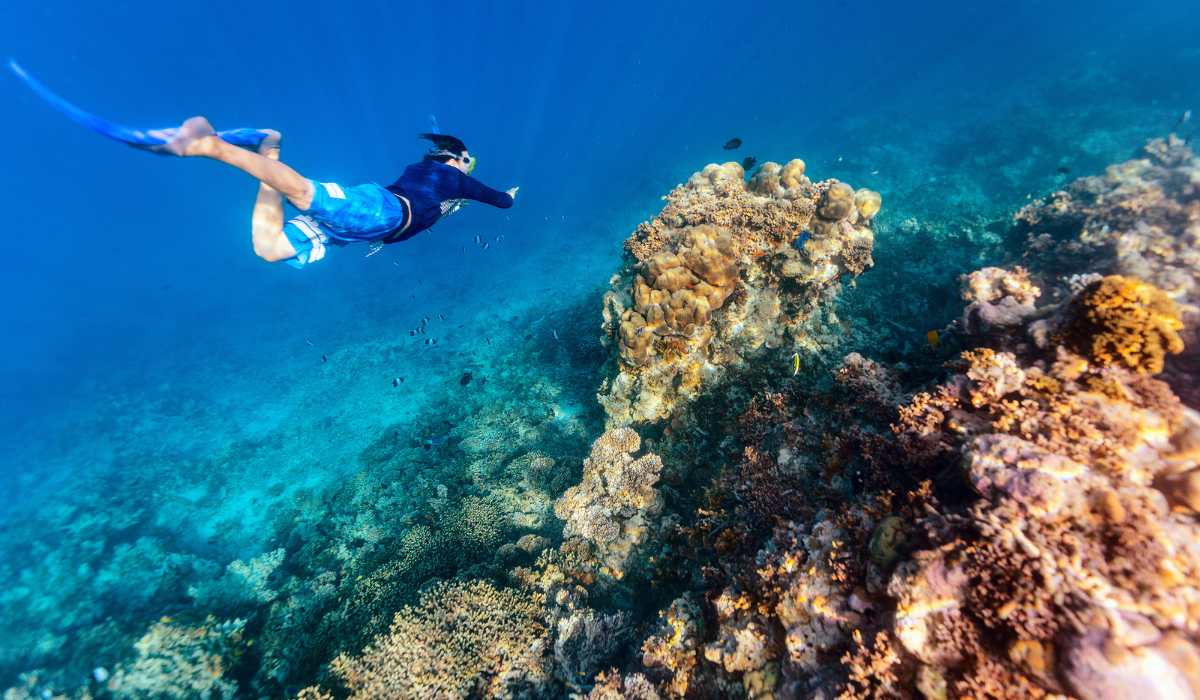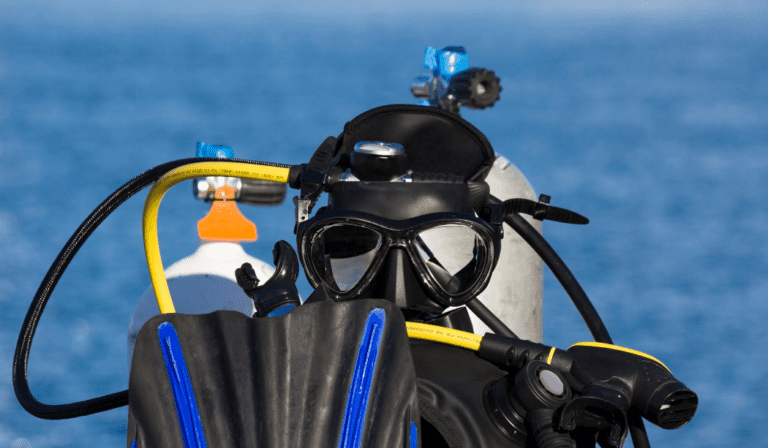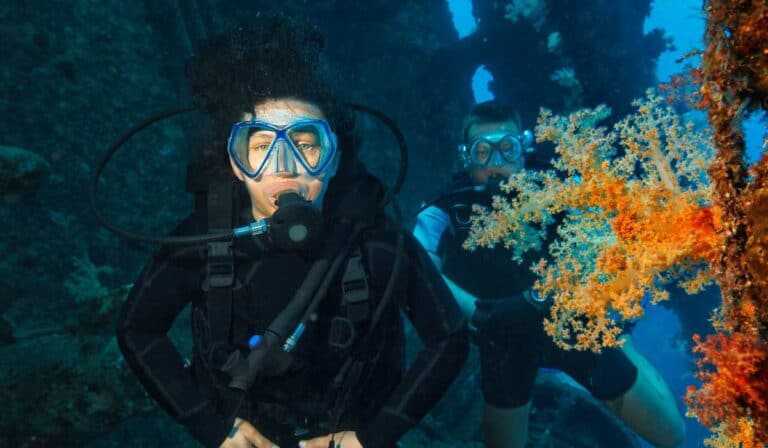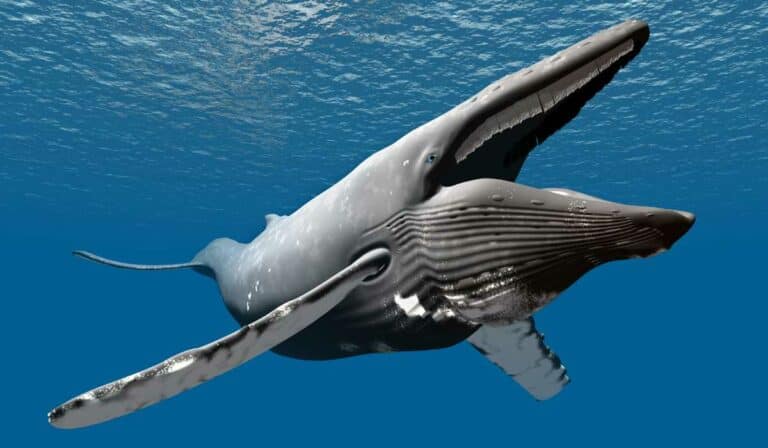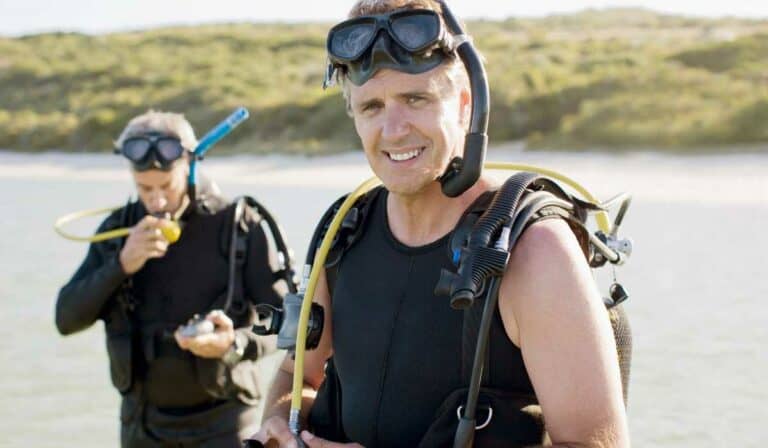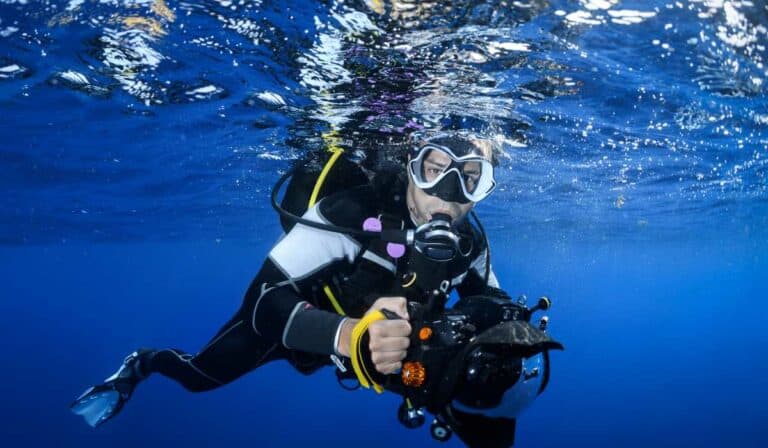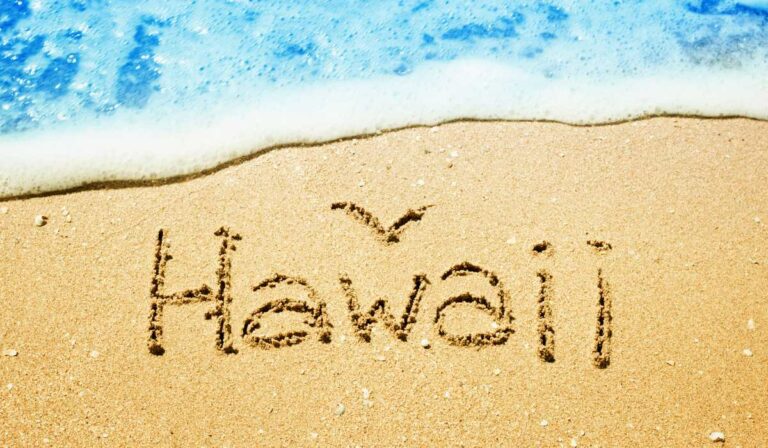Scuba diving in Australia: Top Spots, Tips & Marine Life
Scuba diving in Australia offers some of the most diverse and unique dive sites on Earth, with an array of vibrant marine life waiting to be discovered. As you delve into this underwater world, prepare yourself for a truly unforgettable experience.
From preparing for your adventure to exploring the best locations and encountering fascinating marine creatures, this guide will provide you with all of the information needed for a safe and memorable scuba diving trip in Australia. Additionally, we’ll discuss the cost implications as well as the rules and regulations that govern scuba diving practices in Australia.
Last but not least, weather considerations play a crucial role when planning your dive trip. We will provide valuable insights on optimal water temperatures and seasonal variations so that you can make informed decisions while embarking on your Scuba Diving Australia journey.
Table of Contents
1. Preparing for Scuba Diving in Australia

To make the most of your adventure, it’s essential to prepare adequately before embarking on your journey. Before delving into the details of what to bring and how to prepare, it is important to understand the experience that awaits when scuba diving in Australia.
Packing Essentials
Packing the right gear is crucial for a successful scuba diving trip down under. Here are some essentials you should include:
- Dive certification card: Ensure you have a valid dive certification from a recognized agency like PADI or SSI.
- Dive logbook: Record your dives and any unique experiences during your trip.
- Dive insurance: Accidents can happen; protect yourself with comprehensive dive insurance that covers medical emergencies, evacuation costs, and equipment damage or loss.
- Sun protection gear: Sunscreen (reef-safe), sunglasses, hats, rash guards or wetsuits will help shield you from harmful UV rays while out of water.
- PADI Open Water Diver Course.
Physical Fitness & Health Checks
Maintaining good physical fitness is vital for safe scuba diving experiences. Before heading off on your Australian adventure:
- Engage in regular cardiovascular exercises such as swimming or jogging.
- Consult with a doctor if you have pre-existing health conditions that may affect your ability to dive safely.
- Complete necessary paperwork, including a medical statement if required.
Research Dive Sites & Conditions
Australia boasts numerous dive sites with varying conditions and difficulty levels. Familiarize yourself with the specific requirements of your chosen location by:
- Researching local dive shops or operators for information on site accessibility, visibility, currents, and marine life.
- Taking note of any seasonal changes that may affect diving conditions.
- Considering additional training or certifications if necessary to access certain sites safely.
Plan Your Itinerary Wisely
To make the most out of your scuba diving trip in Australia:
- Prioritize must-see locations based on personal interests.
- Allocate enough time at each destination to explore multiple dives without feeling rushed.
- Be flexible with plans as weather patterns can change rapidly; have backup options ready.
Scuba diving in Australia offers a unique and unforgettable experience with its diverse marine life and great dive sites. The Great Barrier Reef is one of the most popular dive sites in Australia, offering a vast array of coral life and marine species such as whale sharks, sea snakes, and humpback whales. Other unique dive sites include the Ningaloo Reef in Western Australia, where you can swim with whale sharks and leopard sharks, and Byron Bay in New South Wales, where you can explore the Julian Rocks Marine Reserve.
When planning your scuba diving trip in Australia, it’s essential to consider water temperatures, which can vary depending on the location and season. The Coral Sea, for example, has warm waters year-round, while South Australia can experience colder temperatures during the winter months.
By taking the necessary precautions and being prepared, you can make sure your scuba diving journey in Australia is an amazing one.
With the right preparation and research, you can make sure that your scuba diving experience in Australia is both safe and enjoyable. Discover some of the prime spots for scuba diving in Australia to determine where you should venture next.
Key Takeaway:
To prepare for scuba diving in Australia, pack essentials such as a valid dive certification card and comprehensive dive insurance. Maintain good physical fitness, research the dive sites and conditions, plan your itinerary wisely, and consider water temperatures to make the most of your unforgettable underwater experience down under.
Click here to read about 5 Best Places for Scuba Diving in Europe
2. Best Locations for Scuba Diving in Australia
Australia offers a diverse range of scuba diving locations, each with its unique marine life and underwater landscapes. From the world-famous Great Barrier Reef to lesser-known gems like Ningaloo Reef, there’s something for every diver in this vast country. Let’s explore some of the best scuba diving locations Australia has to offer.
The Great Barrier Reef
No list of Australian dive sites would be complete without mentioning the Great Barrier Reef. Stretching along the Queensland coast for over 1,400 miles, this remarkable reef system is home to some of the most varied wildlife on Earth and an endless array of incredible dive spots. With thousands of individual reefs and hundreds of islands to explore, you’ll never run out of amazing dive sites here.
- Cod Hole: Located at Ribbon Reefs, Cod Hole is famous for its friendly potato cods that can grow up to six feet long. This site offers excellent visibility and moderate currents suitable for divers with various experience levels.
- SS Yongala Wreck: One of Australia’s best wreck dives, SS Yongala sank during a cyclone in 1911 near Townsville. The ship now serves as an artificial reef teeming with marine life such as giant groupers and sea snakes.
- Heron Island: A popular destination among both snorkelers and divers alike due to its crystal-clear waters filled with colorful corals and abundant fish species like parrotfishes or angelfishes.
Ningaloo Reef
For an alternative to the Great Barrier Reef, Ningaloo Reef on Western Australia’s Coral Coast offers a wealth of marine life and crystal-clear waters. This UNESCO World Heritage site spans over 160 miles and boasts a diverse array of marine life, including whale sharks, manta rays, and turtles.
- Navy Pier: Often referred to as one of the world’s top shore dives, Navy Pier is home to various fish species like wobbegongs or white-tip reef sharks. The dive site also features beautiful coral formations.
- Coral Bay: A fantastic spot for beginner divers due to its shallow depths and calm waters filled with colorful corals and abundant marine life such as dolphins or dugongs.
Southern Australia
The southern coast of Australia offers some unique diving experiences in colder water environments. These sites are perfect for those seeking something different from tropical reefs.
- Rapid Bay Jetty: Located near Adelaide in South Australia, Rapid Bay Jetty is known for its resident leafy sea dragons – a must-see for any diver visiting this region.
- HMAS Hobart Wreck: This decommissioned guided missile destroyer was scuttled off Yankalilla Bay in South Australia creating an artificial reef that attracts numerous fish species like blue devilfishes or nudibranchs.
Australia has so much more to offer than just these few examples. With countless dive sites spread across the country’s vast coastline catering to all skill levels and interests – there truly is something for everyone when it comes to scuba diving in Australia. The diverse marine life, unique dive sites, and great water temperatures make scuba diving in Australia an unforgettable experience. Don’t miss the chance to see whale sharks, humpback whales, leopard sharks, and other amazing creatures up close.
Scuba diving in Australia provides an array of spectacular coral reefs, shipwrecks, and marine life to explore. Next up we will explore what kinds of sea creatures you can find while scuba diving around Australia’s coasts.
Key Takeaway:
Australia offers a broad selection of scuba diving spots, from the renowned Great Barrier Reef to less-recognized destinations such as Ningaloo Reef. The southern coast of Australia also offers unique diving experiences in colder water environments. No matter the level of expertise or interests, Australia has an abundance of dive sites to offer for scuba diving.
Click here to read about Best Rated Dive Lights for Scuba Diving
3. Marine Life You Can See While Scuba Diving in Australia

Scuba diving in Australia is an unparalleled experience, as its waters are home to a wealth of vibrant marine life and captivating coral formations. When you plunge into the clear, transparent waters of this expansive continent, you’ll be met with a vibrant and breathtakingly beautiful aquatic realm inhabited by an array of vivid creatures and majestic coral formations. Here are just a few examples of the amazing marine life you can expect to encounter while scuba diving in Australia:
Sea Turtles
Australia’s turtle watching hotspots offer divers a chance to swim alongside these gentle giants as they glide gracefully through their natural habitat. Green turtles, loggerhead turtles, and hawksbill turtles are among the species that call Australian waters home.
Coral Reefs
The Great Barrier Reef, one of the Seven Natural Wonders of the World, boasts over 600 types of hard and soft corals that create an intricate underwater landscape for countless species to thrive in. The lesser-known but equally impressive Ningaloo Reef also offers vibrant coral gardens teeming with marine life.
Fish Species Galore.
- Anemonefish: Also known as clownfish (think Nemo.), these brightly colored fish make their homes amongst sea anemones throughout Australia’s reefs.
- Angelfish: With their striking patterns and graceful swimming style, angelfish are a favorite among divers.
- Tropical Groupers: These large, slow-moving fish can be found lurking in the shadows of coral formations or shipwrecks.
Manta Rays and Whale Sharks
The majestic manta ray is another awe-inspiring creature you may encounter while scuba diving in Australia. Known for their acrobatic displays, these gentle giants can often be seen feeding on plankton near the surface. If you’re lucky enough to visit during whale shark season (typically March to July), you might even have the chance to swim alongside one of these massive filter-feeding sharks at Ningaloo Reef.
Dolphins and Whales
The ocean off Australia is a haven for many types of dolphins and whales, which can be seen year-round. While not guaranteed on every dive, keep an eye out for playful bottlenose dolphins or migrating humpback whales as they pass through Australian waters on their annual journey.
No matter where your underwater adventures take you in Australia, there’s no doubt that its rich marine life will leave a lasting impression on both novice and experienced divers alike. With great dive sites like the Great Barrier Reef, unique dive sites like Ningaloo Reef, and diverse marine life including sea turtles, manta rays, whale sharks, dolphins, and whales, scuba diving in Australia is an experience like no other. So, pack your bags, grab your gear, and get ready to explore the underwater wonders of Australia.
Exploring the stunningly diverse aquatic life in Australia, scuba diving is an ideal way to experience its underwater beauty. When organizing your dive, bear in mind the safety guidelines for scuba diving in Australia to ensure a pleasant and secure expedition.
Key Takeaway:
For those seeking an underwater adventure, Australia offers a wealth of aquatic life including sea turtles, manta rays, whale sharks, dolphins, and whales. The Great Barrier Reef boasts over 600 types of hard and soft corals while Ningaloo Reef offers vibrant coral gardens teeming with marine life such as clownfish, angelfish, and tropical groupers. Pack your suitcases and prepare to uncover the stunning marine marvels of Australia.
4. Safety Tips for Scuba Diving in Australia
Scuba diving is an incredible experience, but it’s essential to prioritize safety while exploring the underwater world of Australia. Here are some guidelines on how to stay safe during your scuba diving adventure:
Choose a Reputable Dive Operator
Selecting a reputable dive operator is crucial for ensuring a safe and enjoyable experience. Look for operators with PADI certification or other recognized industry accreditations, as well as positive reviews from fellow divers.
Get Properly Certified
If you’re new to scuba diving or need a refresher course, make sure you have the appropriate scuba certifications. This will help ensure that you’re familiar with essential safety procedures and can handle any potential challenges that may arise underwater.
Use Quality Equipment
- Rental gear: If renting equipment, double-check its condition before use and ask about maintenance schedules.
- Owning gear: Regularly inspect your own equipment and service it according to manufacturer recommendations.
- Dive computers: Invest in a reliable dive computer to monitor depth, time limits, decompression stops, and more accurately than manual calculations alone.
Be Aware of Local Hazards & Conditions
Australia has unique marine life encounters which can pose risks if not approached correctly; these include sharks, jellyfish stings, or venomous creatures like stonefish. Research the local hazards at your chosen dive site and follow the guidelines provided by your dive operator.
Dive Within Your Limits
Always stay within your comfort zone and skill level while scuba diving in Australia. Avoid pushing yourself too hard or attempting dives that exceed your experience, as this can lead to accidents or injuries.
Use the Buddy System
Utilizing a buddy when diving is not only more enjoyable but also provides an additional layer of safety as you can keep an eye on each other during the dive. Establish clear communication signals beforehand and regularly check on one another throughout the dive.
Monitor Weather Conditions & Tides
Staying alert to weather fluctuations is a must before any dive outing in Australia, as conditions can alter quickly. Check local forecasts and tide charts to avoid strong currents or storms that may impact visibility or safety underwater.
To maximize the safety and enjoyment of a scuba diving experience in Australia, it is important to be aware of potential risks and take necessary precautions. To ensure a successful dive, understanding the cost of scuba diving in Australia is essential for any diver.
Key Takeaway:
To ensure a safe and enjoyable scuba diving experience in Australia, it is important to choose a reputable dive operator, get certified, use quality equipment like dive computers, be aware of local hazards and conditions such as marine life encounters or changing weather patterns, stay within your limits while diving with a buddy.
Click here to read about Diving in the Lone Star State: The Best Places to Scuba Dive in Texas
5. Cost of Scuba Diving in Australia

Scuba diving in Australia can be an unforgettable experience, but it’s essential to budget for your underwater adventure properly. The cost of scuba diving varies depending on factors such as location, equipment rental fees, and dive site entrance fees. In this section, we’ll provide an overview of expected expenses for scuba diving trips in Australia.
Rental Gear Costs
For those who don’t have their own gear or would rather not bring it along, renting is an available option. Rental prices vary based on the quality and type of equipment needed; however, here are some average costs:
- Full set of gear (BCD, regulator set & wetsuit): AUD $50 – $80 per day
- Tank and weights: AUD $20 – $30 per day
- Dive computer: AUD $15 – $25 per day
- Fins and mask/snorkel: AUD $10 – $20 per day
Dive Site Entrance Fees & Marine Park Permits
In addition to gear rental costs, many popular dive sites require payment for access or marine park permits. For example, the Great Barrier Reef Marine Park Authority charges a daily fee called Environmental Management Charge (EMC), which ranges from around AUD $7-$8/day. On the other hand, Ningaloo Reef has no specific entry fee but does require visitors to purchase a Western Australia Parks Pass, which ranges from AUD $15 for a day pass to AUD $120 for an annual pass.
Dive Course and Guided Dive Costs
For those who are inexperienced in scuba diving or would like the expertise of certified professionals, consider participating in dive classes or supervised dives. The costs vary depending on location and type of course:
- Open Water Certification Course: AUD $400 – $600 (including gear rental)
- Advanced Open Water Certification Course: AUD $300 – $500 (excluding gear rental)
- Guided single-tank dive: AUD $70-$100 per person (excluding gear rental)
- Guided double-tank dive: AUD $130-$180 per person (excluding gear rental)
Please note that these prices are approximate and may change based on factors such as seasonal demand, specific locations, or additional services offered by the operator.
In summary, scuba diving in Australia can be an affordable adventure if you plan ahead and budget accordingly. Make sure to factor in all potential costs before embarking on your underwater journey so that you can fully enjoy this unique experience without any financial surprises.
Exploring the depths of Australia can be costly, yet the benefits are worth it. When scuba diving in Australia, you must follow all of the rules and regulations to ensure a safe experience.
Key Takeaway:
Scuba diving in Australia can be costly, with rental gear prices ranging from AUD $10 to $80 per day and dive site entrance fees or marine park permits required. However, taking part in guided dives or certification courses can enhance the experience for an additional cost.
6. Rules and Regulations for Scuba Diving in Australia
When planning your scuba diving adventure in Australia, it’s essential to be aware of the rules and regulations governing this activity. These guidelines are put in place to protect both divers and the delicate marine ecosystems that you’ll encounter during your dives.
Australian Marine Park Permits
In certain regions, including the Great Barrier Reef Marine Park, you will require a license for diving. This helps regulate visitor numbers and minimize the environmental impact on these fragile ecosystems. Make sure to check with your chosen dive operator or local authorities about any required permits before embarking on your trip.
Fishing Restrictions
Fishing is often restricted or prohibited within designated marine parks or reserves, so make sure you’re familiar with local fishing laws if you plan on combining scuba diving with angling activities. You can find more information about Australian fishing regulations at the Australian Fisheries Management Authority website.
- No-Take Zones: Some areas may be designated as “no-take zones,” where removing any plants or animals (including shells) is strictly prohibited.
- Bag Limits: In areas where fishing is allowed, there may still be limits on how many fish of certain species can be caught per person per day.
- Gear Restrictions: Certain types of gear might not be permitted when fishing near popular dive sites due to the potential hazards they pose for other divers and marine life.
Responsible Diving Practices
It’s crucial to follow responsible diving practices while exploring Australia’s underwater world. This includes:
- Maintaining Buoyancy Control: Good buoyancy control is essential for avoiding damage to coral reefs and other sensitive marine habitats.
- No Touching or Harassing Marine Life: Keep a safe distance from all animals, and never touch or harass them in any way. Remember that you are a visitor in their home.
- Avoid Feeding Fish: Feeding fish can disrupt natural feeding patterns and lead to dependency on human-provided food sources.
- Pack Out Your Trash: Always remove any trash you generate during your dive, including items like plastic bottles, wrappers, or discarded gear.
Familiarizing yourself with the regulations for scuba diving in Australia will enable you to enjoy your experience while preserving its natural beauty. Adhering to these standards will assist in preserving the mesmerizing underwater environments that draw divers from all over the world to Australia.
Awareness of Australia’s scuba diving regulations is vital for safeguarding when submerged. Moving on from this topic, weather considerations must also be taken into account when planning a dive trip Down Under.
Key Takeaway:
Prior to embarking on a scuba diving experience in Australia, it is essential to comprehend the policies and laws associated with this pursuit. These guidelines are put in place to protect both divers and the delicate marine ecosystems that you’ll encounter during your dives. Responsible diving practices include maintaining buoyancy control, avoiding touching or harassing marine life, not feeding fish, and packing out any trash generated during your dive.
7. Weather Considerations for Scuba Diving in Australia

Australia is known for its diverse climate, which can greatly impact your scuba diving experience. To make the most of your underwater adventure, it’s essential to understand how weather patterns and seasonal changes affect dive conditions.
Seasonal Variations
November to April is usually the ideal time for diving in Australia. However, this may vary depending on where you plan to dive:
- Tropical North Queensland (Great Barrier Reef): The peak season runs from June through October when water temperatures are around 24-29°C (75-84°F) and visibility ranges between 15-30 meters (49-98 feet). During this period, there’s a lower risk of encountering stingers or jellyfish.
- Ningaloo Reef: The optimal time for diving here is between March and September when whale sharks frequent the area. Visibility in the waters around Ningaloo Reef can reach up to 20 meters (65 feet), while further south, such as in South Australia or Victoria, visibility is even greater at 40 meters (131 feet).
- Southern Regions: In cooler areas like South Australia or Victoria, divers can expect better conditions during summer months when water temperatures reach around 18°C (64°F) and visibility extends up to an impressive 40 meters (131 feet).
Cyclones & Storms
Australia occasionally experiences cyclones that could disrupt your scuba diving plans. These storms typically occur along the northern coastline between November and April but rarely impact popular dive sites such as the Great Barrier Reef or Ningaloo Reef directly. Nonetheless, it’s crucial always to check local weather forecasts before heading out on a dive. You can find up-to-date information about cyclones and other weather events from the Australian Bureau of Meteorology.
Click here to read about 7 Best Places for Scuba Diving in the USA
Currents & Tides
Strong currents and tides can affect visibility, marine life encounters, and overall safety during your scuba diving adventure. Familiarize yourself with local tidal patterns to avoid being caught in strong currents or unfavorable conditions. Many dive operators provide detailed information on their websites regarding optimal times for diving based on tides.
In conclusion, understanding Australia’s diverse climate is crucial when planning your scuba diving trip. By considering seasonal variations, staying informed about potential storms, and familiarizing yourself with local current patterns, you’ll be better prepared to enjoy an unforgettable underwater experience.
Key Takeaway:
For optimal scuba diving in Australia, it’s essential to be aware of how seasonal alterations and climate trends can influence dive conditions. The best time for diving varies depending on location, with peak season running from June through October at Tropical North Queensland (Great Barrier Reef), between March and September at Ningaloo Reef, and during summer months in cooler areas like South Australia or Victoria. Cyclones can disrupt plans but rarely impact popular dive sites directly, so always check local weather forecasts before heading out on a dive.
FAQs about Scuba Diving In Australia
IS AUSTRALIA GOOD FOR SCUBA DIVING?
Australia is an excellent destination for scuba diving, boasting diverse marine life and stunning underwater landscapes. The Great Barrier Reef, Ningaloo Reef, and various shipwrecks provide unique experiences for divers of all skill levels.
WHAT IS THE GOLDEN RULE OF SCUBA DIVING?
The golden rule of scuba diving is to never hold your breath while submerged. Holding your breath can lead to lung overexpansion injuries due to changes in pressure during ascent or descent. Always maintain a continuous breathing pattern when underwater.
What Is the Most Common Problem Faced by Scuba Divers?
The most common problem faced by scuba divers is equalizing pressure in their ears, also known as barotrauma. To avoid discomfort and potential injury, it’s essential to equalize your ears frequently during ascent and descent using techniques like the Valsalva maneuver. Learn more about ear equalization.
What Are Some Fun Facts About Scuba Diving?
- The word SCUBA stands for Self-Contained Underwater Breathing Apparatus.
- Australia’s Great Barrier Reef can be seen from space due to its size of over 2,300 kilometers.
- Jacques Cousteau co-invented modern-day Scuba equipment, called Aqua-Lung in 1942.
- Nitrogen narcosis or “rapture of the deep” affects a diver’s cognitive abilities at depths below approximately 30 meters (100 feet).
When it comes to scuba diving, Australia has some of the best dive sites in the world. From the Great Barrier Reef to unique dive sites in South Australia and Western Australia, there is no shortage of great dive sites to explore. The Coral Sea is home to diverse marine life, including whale sharks, sea snakes, and coral life. In New South Wales, divers can spot humpback whales and leopard sharks, while Byron Bay is known for its unique dive experience. Water temperatures vary depending on the location and time of year, so be sure to check before diving.
Conclusion
From preparing for the dive to exploring marine life, there are several things you need to know before embarking on this journey. Make sure you choose the best locations and follow safety tips while adhering to rules and regulations set by authorities.
Australia’s diverse marine life includes colorful corals, sharks, turtles, and many more species waiting to be discovered. Scuba diving can be costly, but the experience of uncovering Australia’s aquatic wildlife – with its colorful corals, sharks, turtles, and more – is priceless.

